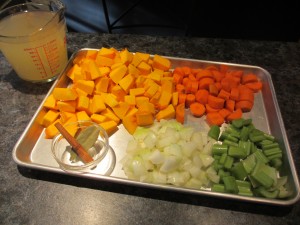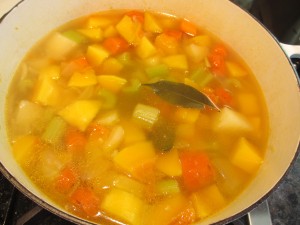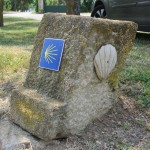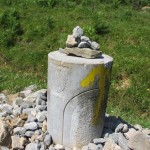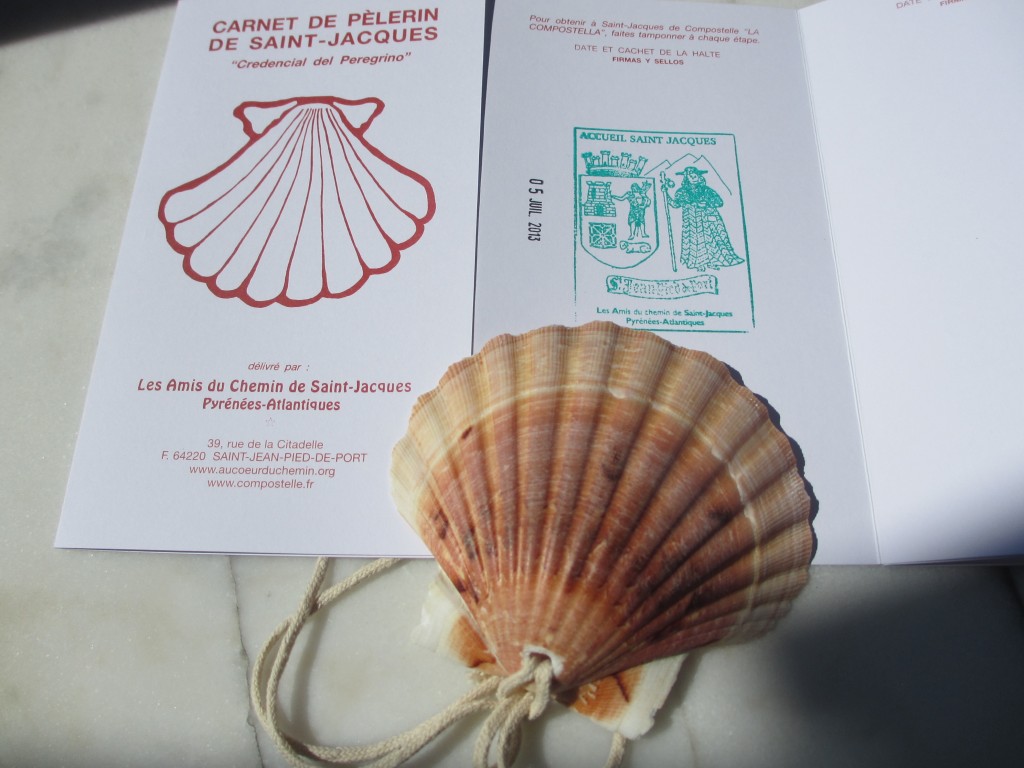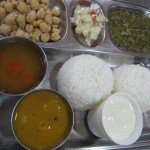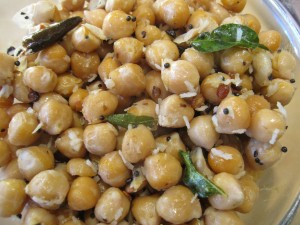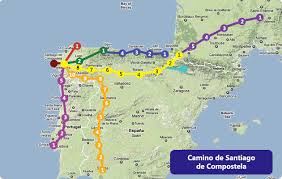 Chapter 1 – Brief History of Camino de Santiago
Chapter 1 – Brief History of Camino de Santiago
For some time I’ve been thinking about doing the Camino de Santiago (long walking trek over 800 km) – an ancient pathway to pilgrims, even Napoleon took this path to visit the large cathedral of Saint James in the ancient city of Santiago in Galicia, Spain. Ancient time they thought Finisterre (Atlantic coast of Galicia) was ‘end of the world’ (costa de morte) – where there was no landmass, leaving civilization at the edge of Atlantic Ocean until the new world was discovered in 1492.
“People tend to forget the word “history” contains the word “story” – Ken Burns
There are many routes to get there within Europe. I’ve always been fascinated by the sheer faith and spirituality people have in achieving this massive goal by walking approximately 25+ km each day – walking through tough terrains, mountains, foot hills and valleys and sleeping in albergues, monasteries and eating what is available along way.
Why the Camino for me?
Not being an athlete or a religious person I wanted to undertake the Camino to learn about myself and my body as I haven’t pushed myself to do anything challenging after being diagnosed with type1 diabetes (November 14, 2005 – ironically its World Diabetes Day). Having type1 diabetes (T1D) has its challenges, to maintain healthy blood glucose (blood sugar) throughout this trip, eating what is available and walking 25+ km a day (exercise and tons of it) is an enormous challenge without proper planning and training.
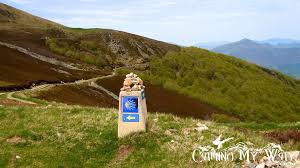 March of this year I decided to take this challenge and to train for it. Walking is something I can do as I’ve tried running many times but it didn’t click for me, neither did biking. But walking 25+ km each and every day for 32+ (approximate days to walk 800 km) days? – Well it has a good ring to it. It’s like training for anything, all I had to do was to step out of my house (my comfort zone) and walk on the sidewalk and viola I could do 6 km for an hour, wow I can do this Camino!
March of this year I decided to take this challenge and to train for it. Walking is something I can do as I’ve tried running many times but it didn’t click for me, neither did biking. But walking 25+ km each and every day for 32+ (approximate days to walk 800 km) days? – Well it has a good ring to it. It’s like training for anything, all I had to do was to step out of my house (my comfort zone) and walk on the sidewalk and viola I could do 6 km for an hour, wow I can do this Camino!
Well not so fast – I will talk about my training on my next entry but just wanted to talk a bit more about the Camino. My first day’s journey at the Camino would start at St. Jean Pied de Port (SJPP), France at the foothills of Pyrenees where you climb 1500 meters straight up the mountain for about 20 km and descend to 900 meters, 5 km to Roncesvalles, Spain. After 10 km from SJPP on the mountain there is no stopping as there are no hostels or huts to stay as its a rough terrain, only the mountain. So this is the challenge that really pushed my training to figure out how to get ready for this challenging climb and descend and keeping up energy for 25+ km for each day.
Did I mention that I will be doing the 1st segment of the Camino with my husband John – he will be my coach to remind me to take my snacks, test my blood sugar every hour and cheering me on as he has done many challenging climbs in his earlier days including the Kilimanjaro.
We will start our journey from SJPP (France) to Logrono (Rioja, Spain) approximately 200 km to be completed in 8 days. I am also thinking of starting my 2nd journey from where I leave off at Logrono, Rioja to Finisterre, Galicia about 700 km across northern Spain over a month later this summer.
Talk about exciting, I am thrilled. Not only it will be a huge challenge but being a cook exposed to this amazing culinary journey across northern Spain, eating, walking, doing a fitness holiday, meeting travelers from all over the world along the way and breathtaking scenery and history to boot? Why not? This is sounding amazing already and I can’t wait to get there!
Check out the film The Way directed by Emilio Estevez starring Martin Sheen (plays on screen father too) – a powerful story that takes place in the Camino trail where life’s questions, quests are questioned or answered as you’ll meet interesting characters along the path of the movie. Very uplifting and moving film which I really enjoy myself at TIFF few years ago and had the opportunity to talk to both Estevez and Sheen about their journey in the Camino and how it was to play onscreen father and son about life’s existential crisis. They were so happy to share their stories.
I plan to blog about my trip while on the Camino – hopefully the internet connection will cooperate so that I can share my experiences and the culinary journey with you guys and I hope you’ll join me along the way to cheer me on send me positive vibes with your feedback.
Buen Camino!





